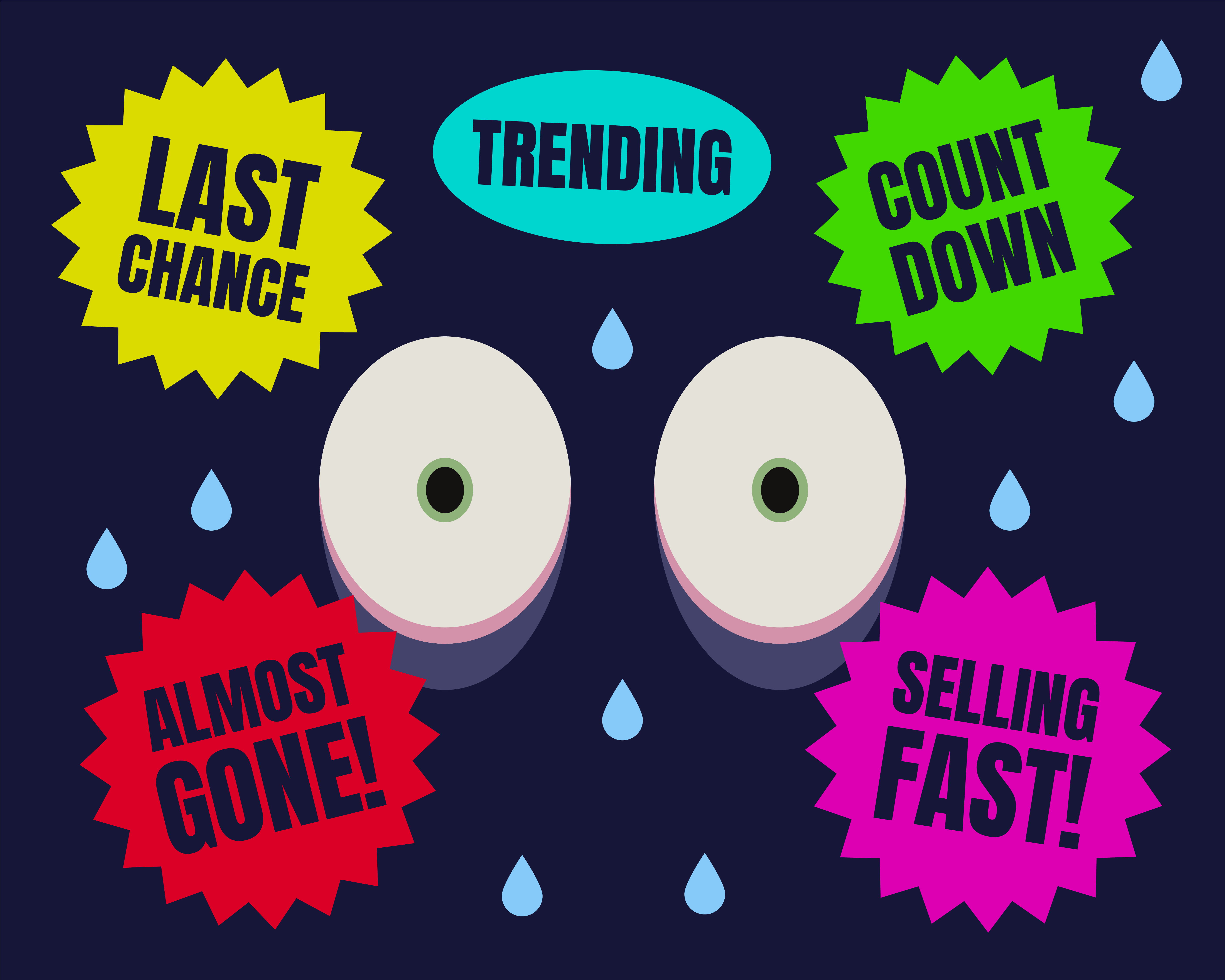
Most people, myself included, are willing participants in having a personalised experience and being resold our privacy with an illusionary opt-in or opt-out button.
As consumers, it can be fun to engage in trends and get a dopamine hit buying the hottest outfit you believe money can buy. We are infected by trends, and after the dust settles, we question if we ever really wanted to engage with them in the first place.
There is confident and objective data showing how some of the trends we see now are completely manufactured, with journalist Marc Bain even writing that 'Gen-Z didn’t fall for Coach by accident,' as the dramatic header to a prolific article about the luxury fashion brand for BoF (Business of Fashion).
This is not to say that behind every trend is an itching, gluttonous marketer claiming that profit is king. But there is an ongoing discussion about correctly assessing the long- or short-term harm of trends – and if we ever really need them?
With a spotlight on India, in the real world, there are brick-and-mortar luxury retail stores invading the streets of Bombay, which was a decision informed by data harvested by marketers.
Everyday there are sparkly systems of artificial intelligence being crafted to fill apparent gaps in our knowledge. Of course, there is something exciting, even impressive, about “tech-bros” turning their imagined machines into a reality. The question of ‘what if we could track behaviour’ has rapidly turned into ‘how many different ways can we track behaviour?’. We, meaning the marketers and I, have an almost unconditional trust in the data produced by AI and interpret this with an action plan (I hesitate to open the can to see if AI is biased). So, we can see that Bombay has potential for a valuable return on investment, but the AI does not have specified parameters to respect the culture or the market we should tap into.
There is an immediate threat that was once on the horizon but now beats down on us in the form of an 'untapped market.'
I started to research my immediate digital landscape (heavy scroll through Pinterest) and wondered if we have sidestepped the question of whether the 'untapped market' would be at risk if they are successfully influenced by our marketing strategies – are there some people who should just be left alone?
Major retailers such as Gucci and Louis Vuitton opened shop in India circa 2007 but struggled to find their footing. They decided to join local players to navigate the complex and powerful culture; in this way, they have slowly found steady economic growth. From the mind of a marketer, this was a great tactic to get their product into a different society and cherry-pick products to suit Indian taste. However, my gut twists to question if they needed the product in the first place? Was this an untapped market that should have been left alone?
This question is even more intimidating if we start to probe the common glorification of Western culture in South Asia, with two-thirds of the beauty industry comprising skin-whitening products.
We can quickly start to unravel the dangers of targeting a market with data-backed, high-quality profit projections, but an absence of a simultaneous moral projection on people's mental, physical, and financial well-being.
In the past, businesses stepped into quicksand trying to defend their use of customer data, and the result is now we are given more control over what we want to see online. The predicament now is whether selling to a group with economic potential carefully assesses possible detriment to an audience. Is it time to stop for longer, think harder, and genuinely answer if this audience needs the product?




